The key challenge facing Irish forestry over the coming decade is to achieve a minimum annual afforestation programme of 8,000ha. Recent studies by COFORD and University of Galway recommend far higher programmes if Ireland is to achieve net zero by 2050 as outlined by successive Climate Action Plans.
Targets
The 2019 Climate Action Plan warned that if planting rates – then 5,500ha, now 2,000ha – continue, “Ireland will not achieve its 18% land cover target by 2046” which is required to achieve net zero. This target has never been endorsed by the Department of Agriculture, Food and the Marine, which is charged with overseeing it.
In fact, there is no evidence of any target ever being agreed by the Department, which may be the reason why the “18% target” for forest cover no longer features in the plan.
Now, instead of targets, there are general but non-binding proposals and “key metrics” even though most sectors have actual targets from 2025 to 2030. These include organics (250,00ha to 450,000ha) and tillage (360,000ha to 400,000ha).
Who plants?
Regardless of the intentions of Coillte and investors to establish forests, the annual afforestation programme is dependent on farmers. Forestry, which attracted over 1,000 new farmers annually up to 2006 is now down to 76, while forestry contractors have departed in their droves.
Private, including farm forestry, is fragmented and lacks the cohesion enjoyed by Coillte which has signalled its intention to return to afforestation.
The State company has an annual turnover over €479m and an operating cashflow of €107m and tight staffing levels – 800 employees and 1,200 contractors. It has the economies of scale to maximise its timber resource through sales to a vibrant sawmilling industry and processing in its own board mills.
The private forest area is now greater than Coillte and will outproduce it in log supply over the coming decade. But it is under-resourced and currently receives less than 5% of the Department’s €1.86bn annual budget. This needs to change if the sector wishes to attract farmers and contractors back to forestry.
Business as usual not an option
The Society of Irish Foresters (SIF) has identified a number of key areas that need to be addressed urgently if Ireland is to achieve a viable forestry sector. Business as usual is not an option, it states in its 2022 policy position statement.
“Nobody has been held to account for Ireland’s recent dismal afforestation programme, while ownership of and responsibility for policy targets are non-existent,” it bluntly states.
FDA
It proposes the creation of a highly focused Forestry Development Agency (FDA) which would be accountable “to drive afforestation and development of the sector” and provide leadership, especially to the private sector.
A similar independent State agency has also been proposed by the Irish Timber Growers Association and has 40 signatories representing key timber processors, forestry organisations, forestry companies and nurseries. The agency would address the development of a Forest Carbon Code (FCC) for Ireland and land availability.
The SIF shows that there is sufficient marginal land available for forestry (Table 1) without negatively impacting on agricultural production.
However, it acknowledges that agricultural schemes that compete with forestry need to be assessed as already forest premium increases are uncompetitive against farming schemes, land rental and BISS.




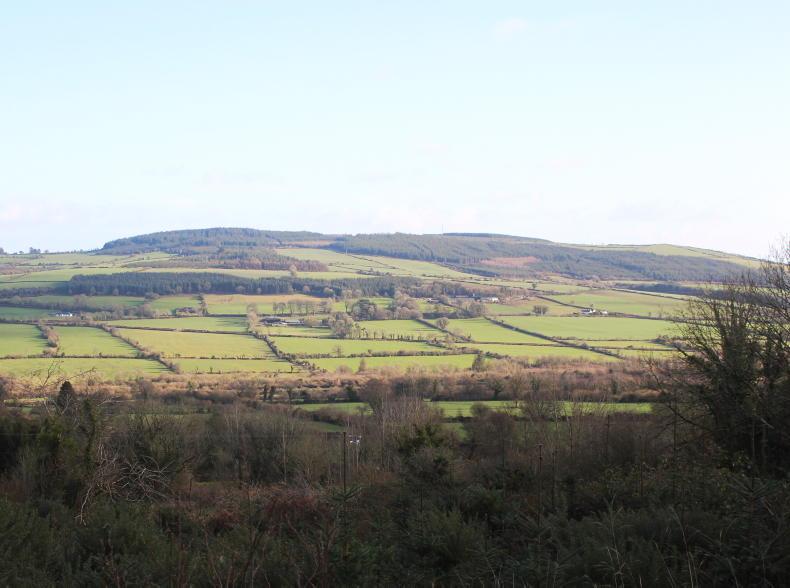
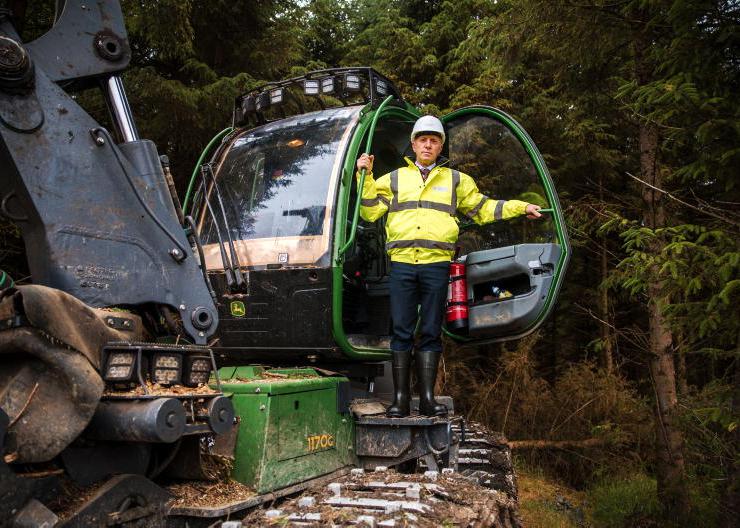

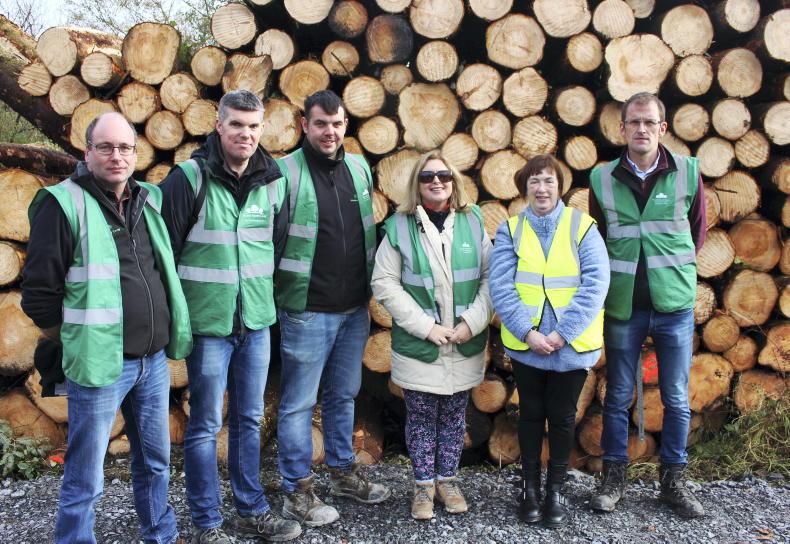
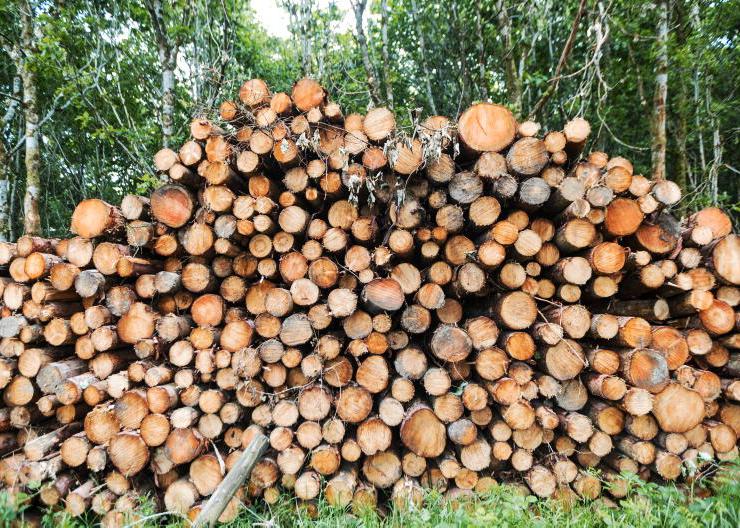
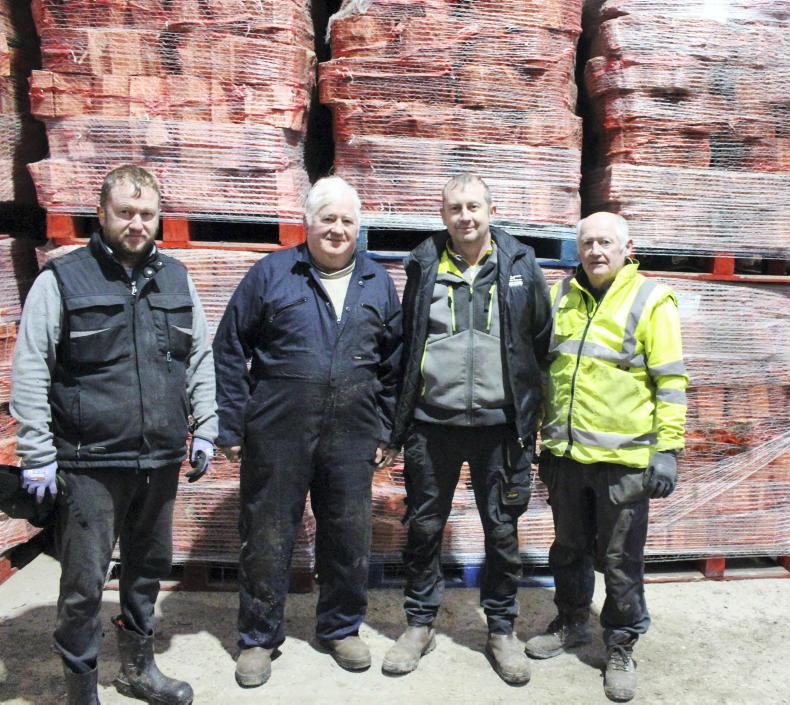
SHARING OPTIONS